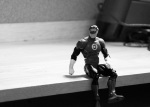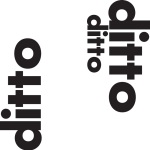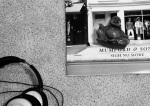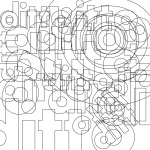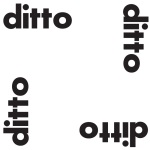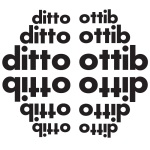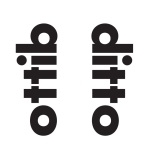For the second part of the third assignment of our current Viscom project (still with me?), we continued the study of space but took a closer look at compositional balance. More specifically, we studied three different forms of balance: symmetrical, asymmetrical, neutral, and ambiguous. Diving into each principle, we were asked to define them, create 3 graphic illustrations for each, and go out into the world around us and find 1 example of each principle then photograph it. The definitions, illustrations, and photographs are directly below.
Definitions:
Symmetrical / A form of balance characterized by similar objects placed on opposite sides of a central axis, but the placement creates a uniform, equal, proportionate composition.
Asymmetrical / A form of balance characterized by objects being placed on opposite sides of a central axis but the placement of the items causes the composition to appear unequal and non-uniform. It does not look proportionate.
Ambiguous / A form of balance characterized by it’s undecided nature. The objects in the composition do not clearly or directly relate to one another.
Neutral / A form of balance characterized by it’s random and haphazard placement of objects. There is no clear emphasis.
Graphic Illustrations & Photographs

